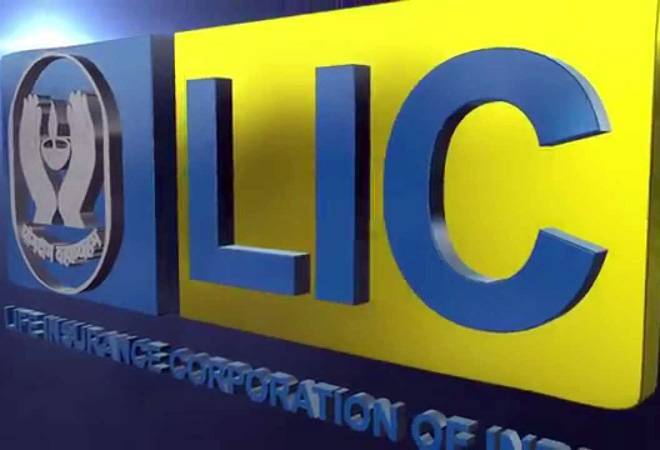 18-02-2020
18-02-2020
Govt estimates LIC's market valuation at Rs 13-15 lakh crore

 Insurance Alertss
Insurance AlertssGovt estimates LIC's market valuation at Rs 13-15 lakh crore
The government seems to have estimated the valuation of Life Insurance Corporation (LIC) at around Rs 13-15 lakh crore.
Chief Economic Adviser KV Subramanian, in a media interaction, indicated that the government may easily mobilise Rs 90,000 crore by divesting 6-7 per cent stake in the state-owned insurance giant. This is the first ever statement by any government functionary after the finance minister Nirmala Sitharaman announced about LIC IPO in her budget speech earlier this month. "I think about 6-7 per cent would be enough to get the entire Rs 90,000 crore. I have done some back-of-the-envelope calculations," said Subramanian.
The Union Budget 2020-21 has budgeted Rs 2.10 lakh crore from the disinvestment proceeds. This includes Rs 1.20 lakh crore from disinvestment of government stake in public sector enterprises and Rs 90,000 from public sector banks (PSBs) and financial institutions. The Rs 90,000-crore includes both LIC and IDBI Bank. The government is keen to offload its stake in both to retail investors. CEA Subramanian, however, made it clear that the entire Rs 90,000 crore can be raised through the LIC disinvestment. So far LIC as well as government officials have stayed away from making any statement on the LIC valuation. Last week, the LIC Chairman said that the valuation of the corporation is among the top three priorities before the corporation.
The valuation exercise requires appointment of investment bankers, opening its books of accounts, valuing its various properties and hidden assets etc. Currently, the total assets of the LIC are over Rs 34 lakh crore. The life insurance companies are valued either on embedded value, enterprise value, new business premium or a certain percentage (8-10 per cent) of the total assets under management. But for LIC with its legacy assets and the business mix, it is difficult to apply one method of the valuation. In addition, the capital structure of the LIC will undergo a big change as the current capital base is just Rs 100 crore against total assets of over Rs 34 lakh crore. The paid up capital will have to be increased either by the government infusing the capital or a fresh issuance of capital to public.
Many suggest the government should be careful in revealing any valuation estimates. Take for instance , the government didn't get the right valuation from the investment bankers when it off-loaded 12.6 per cent stake in the catering and ticketing arm of Indian Railways. The investment bankers sold the shares of Indian Railway Catering & Tourism Company (IRCTC) at Rs 320 per share giving it a valuation of Rs 5,000 crore. In less than six months, the IRCTC got a valuation of Rs 24,000 crore-plus from the secondary market. The share price currently trades around Rs 1,500-odd per share against the offer price of Rs 320 per share in September last year. Clearly, the government was a loser in the stake sale deal. Many now question the IRCTC management and the government for selling the shares at dirt cheap price. The government holding currently stands at 87.4 per cent in the IRCTC.
Meanwhile, LIC's top management has set two-three priorities before entering the capital market with an initial public offering (IPO). Apart from valuation or price discovery, the LIC wants to work on the market perception.
There is a misinformation in the market that the corporation would be privatised and the government guarantee for policies would be lifted. LIC may also want to tell the market that despite competition from private players , the corporation is rock steady in terms of market share and profitability. In addition, it will also have to carry out certain legislative changes because it is currently governed by the LIC Act that has specific provisions for payment of dividend to government and sovereign guarantee and the status of LIC as corporation. The Act will have to be amended by the Parliament before LIC hits the market with an IPO.
Source: Business Today
